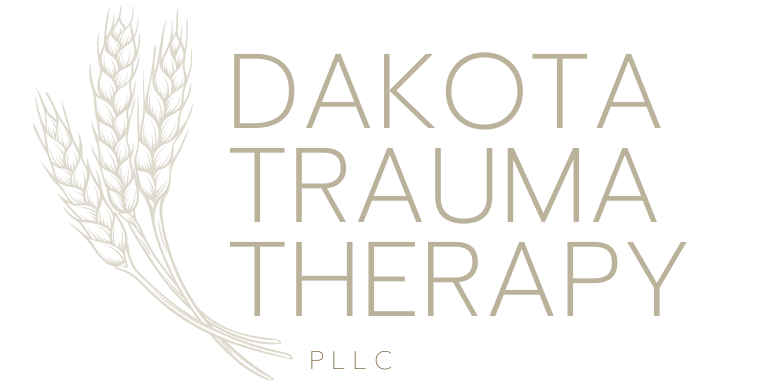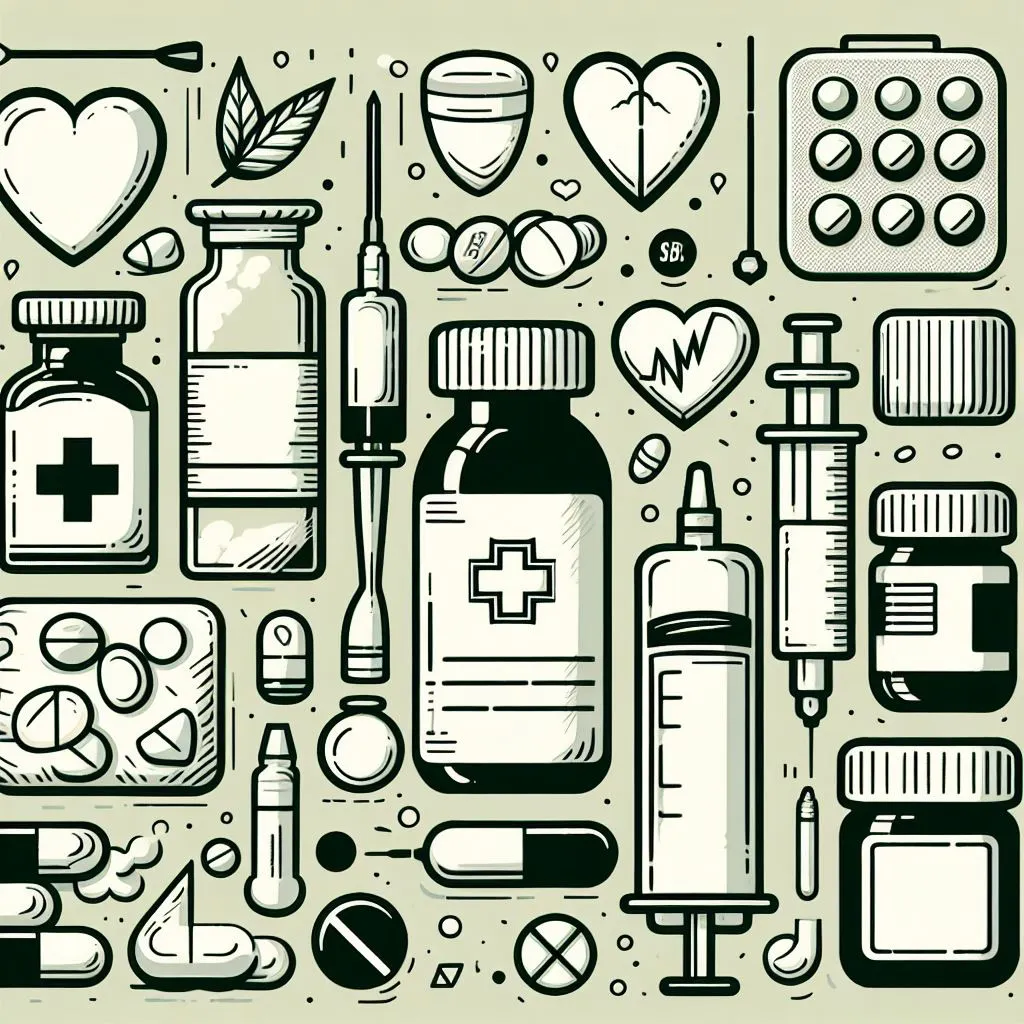In the intricate landscape of psychoactive substances, depressants stand out for their profound influence on the central nervous system. But what exactly are these substances, and how do they weave their effects through our bodies and minds?
Our comprehensive guide delves deep into these critical questions, unraveling the complexities of depressant substances. From deciphering their physiological impact to addressing the challenge of addiction, we’ve compiled the answers to the most pressing queries encountered by individuals navigating this topic.
Whether you’re seeking knowledge out of sheer curiosity, academic interest, or personal concerns, continue reading to uncover the facets of depressant substances and arm yourself with invaluable insights that position you at the helm of informed decision-making.
What exactly are depressant substances, and how do they affect the body?
Depressant substances, also commonly known as central nervous system (CNS) depressants, are a class of drugs that reduce the activity of the CNS.
They manifest this effect by increasing the neurotransmitter gamma-aminobutyric acid (GABA) production, which promotes relaxation and reduces nerve excitability. The overall impact on the body can be broken down into several key areas:
- Mental Effects:
- Induction of calmness and relaxation
- Reduction in stress and anxiety levels
- Impaired cognitive functions and decision-making
- Potential for mood alterations, including euphoria or dysphoria
- Physical Effects:
- Decreased heart rate and lowered blood pressure
- Slower breathing rates, which can lead to respiratory depression in overdose cases
- Muscle relaxation, reducing muscle tension and spasms
- Sleep and Consciousness:
- Promotion of drowsiness, leading to easier initiation of sleep
- Potentially causing deepened sleep or, conversely, sleep disturbances
- In high doses, causing impaired consciousness or even loss of consciousness
It’s important to note that while the initial effects of depressants might seem appealing, particularly for alleviating anxiety or sleep issues, they can lead to adverse outcomes if misused.
The body’s tolerance to the effects of depressants can develop over time, which could lead to increased dosage requirements and heightened risks of side effects and dependence.
What are typical examples of depressant substances?
Depressant substances cover a range of drug classes, each with varied applications and potential effects. Here are some of the most commonly known depressants:
- Alcohol: Perhaps the most socially accepted and widely used depressant, alcohol impacts the CNS and can lead to altered judgment, reduced inhibitions, and motor skill impairment.
- Benzodiazepines: These prescription medications, including diazepam (Valium) and alprazolam (Xanax), are typically used to treat anxiety and insomnia but are highly addictive.
- Barbiturates: Once commonly used for a range of conditions, these substances, like phenobarbital, are now less favored due to their high overdose potential and are usually restricted to specific medical uses.
- Opioids: Although primarily recognized for their pain-relieving properties, opioids like morphine and codeine also exhibit depressant effects on the CNS.
- Cannabis: Certain strains or components of cannabis, such as those with high cannabidiol (CBD) content, have depressant effects that can induce relaxation and sedation.
It’s crucial to remember that these examples, while often prescribed for legitimate therapeutic purposes, can be misused and abused. Unsupervised consumption of depressant substances can rapidly spiral into harmful patterns and, consequently, pose serious health risks.
How are depressant substances different from stimulants and hallucinogens?
Understanding the distinction between depressants, stimulants, and hallucinogens rests on comprehending their contrasting effects on the central nervous system. Let’s explore these differences:
- Depressants: As previously discussed, depressants slow down the CNS. They induce a sense of relaxation, reduce anxiety, and can lead to drowsiness or sedation. The risk with depressants is the potential for overdose, particularly respiratory depression, as they can significantly slow down breathing.
- Stimulants: In sharp contrast to depressants, stimulants accelerate CNS activity. They can heighten alertness, elevate mood, increase heart rate and blood pressure, and convey a rush of energy. Examples include caffeine, nicotine, amphetamines (such as Adderall), and cocaine.
- Hallucinogens: These substances alter perceptions, thoughts, and feelings, leading to hallucinations—experiences of sensations that seem real but are not. Hallucinogens neither depress nor stimulate the CNS linearly but instead create profound changes in sensory and psychological experiences. Classic hallucinogens include LSD and psilocybin mushrooms.
Recognizing the differences between these classes is vital for understanding their various uses, risks, and the potential for abuse and addiction. It is also essential to consider their implications in the context of medical treatments and recreational use.
Can depressant substances lead to addiction, and if so, how?
The shadow that looms large over the therapeutic benefits of depressant substances is their potential for addiction. But how does a substance that’s often prescribed for legitimate health concerns become a channel for dependency? Let’s delve into this journey:
- Tolerance Buildup: Regular use of depressants can lead to the body developing a tolerance, meaning higher doses are needed to achieve the same effects. This pattern can escalate use unconsciously.
- Physical Dependence: Over time, the body becomes accustomed to the presence of the drug, and if discontinued abruptly, withdrawal symptoms may emerge.
- Psychological Dependence: The mental component of addiction involves a craving for the effects of the drug, such as relief from anxiety or stress, leading to continued use despite adverse consequences.
- Brain Chemistry Alterations: Long-term use of depressants can change the brain’s chemistry, affecting the reward system and reinforcing drug use as a necessary activity for pleasure or normal functioning.
- Environmental and Genetic Factors: Certain individuals may have a higher predisposition to addiction due to genetic factors or environmental influences, including stress and peer pressure.
Understanding that dependency on depressants can have multifaceted roots helps to comprehend the seriousness of their misuse and the importance of addressing both the biological and psychosocial elements in treatment strategies.
What are the short-term and long-term effects of using depressants?
Delving into the effects of depressants, we see a dichotomy between the transient allure of their immediate impact and the potential for lasting consequences:
Short-term Effects:
- Eased anxiety and relaxed muscles
- Sedation, leading to drowsiness or sleep
- Slowed brain function, affecting judgment and reaction time
- Lowered inhibitions, which can result in risky behavior
- In higher doses, nausea, confusion, and diminished coordination
Long-term Effects:
- Development of tolerance, leading to increased consumption
- Risk of addiction and the accompanying psychological and physical dependency
- Cognitive impairments, including memory and attention deficits
- Possible liver damage, especially with alcohol, due to chronic exposure
- Increased risk of overdose and potentially fatal respiratory depression
It becomes clear that while depressants may offer some therapeutic reprieve when used correctly, unsupervised and prolonged use carries significant risks that might outweigh the temporary relief provided.
How do depressant substances interact with other medications or drugs?
The web of interactions between depressant substances and other medications or drugs can be intricate and hazardous. It is crucial to understand these potential interactions to avoid adverse effects:
- Additive Effects: Combining depressants with other CNS depressants, such as alcohol and opioids, can exponentially increase the sedative effects, potentially leading to life-threatening respiratory depression.
- Altered Metabolism: Some depressants can affect liver enzymes responsible for metabolizing other drugs, which may decrease or increase their effectiveness, posing a risk for either ineffectiveness or toxicity.
- Counteracting Drugs: Some individuals may use stimulants to counteract the sedative effect of depressants, which can place immense strain on the body and increase the risk of cardiovascular events or seizures.
- Medication Effectiveness: Specific antidepressants or anti-anxiety medications could have their efficacy diminished when used concurrently with depressant substances, complicating treatment for mental health issues.
Being fully aware of and proactively managing these interactions is vital for maintaining health and ensuring the effectiveness of any prescribed therapeutic treatments.
In what situations are depressant substances legally prescribed?
Depressant substances, despite their risks, play valuable roles in the medical field when used under a physician’s guidance. Here are common scenarios where they might be legally prescribed:
- Anxiety Disorders: Benzodiazepines are frequently prescribed for acute anxiety or panic disorders due to their rapid calming effects.
- Insomnia: People with sleeping disorders may be given depressants to help induce and maintain sleep.
- Seizure Control: Certain depressants work well as anticonvulsants to manage seizures in epilepsy or other conditions.
- Muscle Spasticity: Those suffering from muscle spasms or spasticity, such as with cerebral palsy, might be treated with muscle relaxants, which are a form of CNS depressant.
- Anesthesia: Some barbiturates are used as anesthetics for surgery or other medical procedures requiring sedation.
Prescribers must always weigh the benefits against the risks and potential for abuse when deciding to prescribe depressants, and patients should be closely monitored throughout treatment.
What are the signs and symptoms of a depressant overdose?
Recognizing the signs and symptoms of a depressant overdose can be the difference between life and death. Here are the warning indicators to look out for:
- Severe Confusion and Disorientation: The individual may appear extremely confused or lost.
- Respiratory Depression: Shallow, slowed, or irregular breathing is a classic sign of depressant overdose.
- Unconsciousness or Inability to Wake Up: This could indicate a dangerous level of CNS depression.
- Bluish-colored Lips and Fingernails: Cyanosis, a blue tint to lips and nails, suggests oxygen deprivation due to poor breathing.
- Weak, Rapid, or Absent Pulse: Indicative of a failing cardiovascular system.
- Cold and Clammy Skin: This is a sign of shock, which may accompany an overdose.
Immediate medical attention is crucial upon observing these symptoms, as prompt intervention can significantly improve outcomes.
How is dependence on depressants treated?
Treating dependence on depressants is a multifaceted process requiring medical, psychological, and social support. The primary avenues of treatment include:
- Detoxification: The first step involves safely withdrawing from the drug, often under medical supervision, to manage withdrawal symptoms.
- Medication-assisted Treatment (MAT): In some instances, medications are prescribed to alleviate withdrawal symptoms and stave off cravings.
- Therapy: Behavioral therapies help address the psychological aspects of dependence, such as the underlying reasons for use and developing coping strategies.
- Support Groups: Peer support can be invaluable for maintaining sobriety and emotional wellbeing.
- Relapse Prevention Education: Learning to recognize triggers and employ tactics to prevent relapse is crucial to enduring recovery.
Navigating the journey to overcome dependence on depressants is challenging but feasible with the appropriate interventions and continued commitment.
What is the social impact of depressant misuse?
The ripple effect of depressant misuse extends far beyond the individual, affecting families, workplaces, and society as a whole. Here’s how:
- Family Dynamics: Dependency can strain relationships, leading to emotional distress and financial difficulties within families.
- Workplace Implications: Reduced productivity, higher absenteeism, and increased risk of workplace accidents are familiar repercussions of misuse.
- Healthcare System: A more significant burden is placed on healthcare facilities due to increased emergency visits, hospitalizations, and the need for addiction treatment services.
- Law and Order: There’s an association between substance misuse and increased crime rates, including driving under the influence, leading to societal safety concerns.
- Economic Costs: The collective health, legal, and productivity losses contribute to substantial financial costs for societies grappling with substance misuse issues.
The social impact of depressant misuse underscores the importance of preventive education, appropriate policy responses, and support systems for those affected.
Conclusion
The journey through the realm of depressant substances spans from their impact on the individual to the broader societal consequences. We’ve explored their mechanisms, promises for relief, and the shadows of addiction and misuse they cast.
Our guide has provided insights into recognizing signs of overdose, treatment pathways for dependence, and preventive strategies to safeguard against the heavy toll of misuse.
Suppose you or someone you know is grappling with the challenges of depressant substances. In that case, we encourage reaching out for professional help and support. Taking informed steps can steer the course toward recovery and well-being, underlining the power of knowledge as the first step in transforming the narrative around depressant substances.

